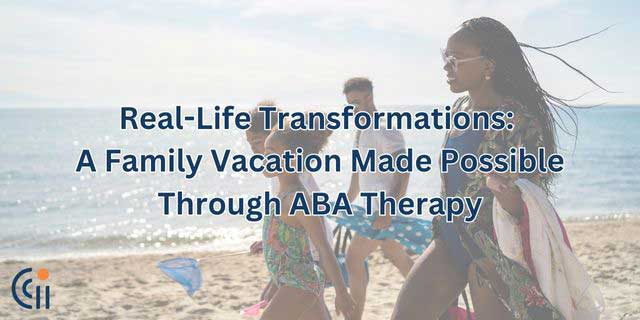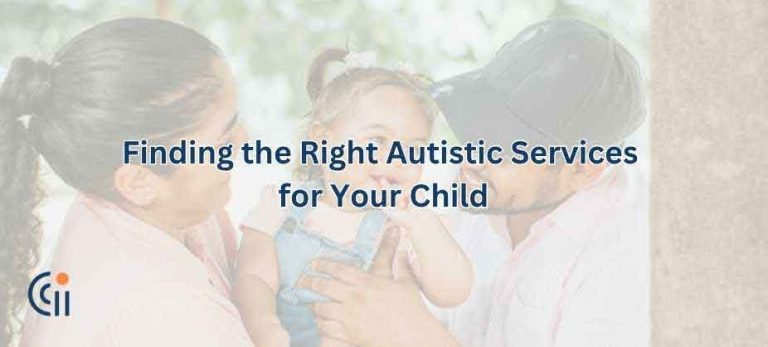Applied Behavior Analysis (ABA) therapy is a widely recognized approach to helping individuals with autism develop essential skills and improve their quality of life. One of the most effective strategies within ABA therapy is the concept of “Happy Relaxed Engaged” (HRE). This approach focuses on creating an environment where the child feels happy, relaxed, and engaged, which is crucial for successful learning and development.
In this blog post, we’ll explore what “Happy Relaxed Engaged” means in the context of ABA therapy, how it can be implemented, and the numerous benefits it offers. We’ll also discuss how Circle City ABA can help you start ABA therapy services tailored to your child’s needs.
What Is ‘Happy Relaxed Engaged’ in ABA Therapy?
The “Happy Relaxed Engaged” (HRE) model is a fundamental concept in ABA therapy that prioritizes the emotional well-being of the child. It emphasizes the importance of ensuring that the child is in a positive emotional state—feeling happy, relaxed, and engaged—before, during, and after therapeutic sessions.
Key Components of ‘Happy Relaxed Engaged’
- Happy: The child should feel joyful and content. Happiness is key to motivation and willingness to participate in therapeutic activities.
- Relaxed: The child should feel calm and free from stress or anxiety. A relaxed state allows for better focus and absorption of new skills.
- Engaged: The child should be actively involved in the activities. Engagement is crucial for learning and skill acquisition.
By ensuring that the child is happy, relaxed, and engaged, therapists can create a supportive environment that maximizes the effectiveness of ABA therapy.
How to Implement ‘Happy Relaxed Engaged’ in ABA Therapy
Implementing the HRE model requires careful planning and attention to the child’s needs and preferences. Here are some strategies for incorporating HRE into ABA therapy sessions:
1. Personalize the Approach
Each child with autism is unique, with individual strengths, challenges, and interests. To implement the HRE model effectively, therapists should personalize the approach to align with the child’s preferences.
- Identify Interests: Engage the child in activities that they enjoy. Whether it’s playing with specific toys, participating in favorite games, or exploring particular topics, aligning therapy with the child’s interests fosters happiness and engagement.
- Adapt to Sensory Needs: Consider the child’s sensory sensitivities. Adjust the environment to minimize sensory overload, such as reducing noise, adjusting lighting, or providing sensory tools like fidget toys.
2. Create a Positive and Supportive Environment
The environment plays a significant role in the child’s emotional state. A positive and supportive environment can help the child feel more relaxed and open to learning.
- Build Trust and Rapport: Establishing a trusting relationship between the therapist and the child is essential. Consistent positive interactions help the child feel safe and supported.
- Use Positive Reinforcement: Reinforce positive behaviors and achievements with praise, rewards, or preferred activities. Positive reinforcement encourages the child to stay engaged and motivated.
3. Monitor and Adjust
Implementing the HRE model requires ongoing observation and adjustments based on the child’s responses.
- Observe Emotional Cues: Pay attention to the child’s body language, facial expressions, and behavior. These cues can indicate whether the child is happy, relaxed, and engaged.
- Be Flexible: Be prepared to adjust the approach if the child shows signs of distress or disengagement. Flexibility is key to maintaining the HRE model throughout therapy sessions.
Benefits of ‘Happy Relaxed Engaged’ in ABA Therapy
The HRE model offers numerous benefits for children with autism and their families. By prioritizing the child’s emotional well-being, ABA therapy becomes more effective and enjoyable.
1. Enhanced Learning and Skill Acquisition
When a child is happy, relaxed, and engaged, they are more receptive to learning new skills. The HRE model creates an optimal learning environment where the child can focus, absorb information, and retain new skills more effectively.
2. Reduced Stress and Anxiety
The emphasis on relaxation within the HRE model helps reduce stress and anxiety, common challenges for children with autism. A calm and supportive environment allows the child to feel more at ease, leading to a more positive therapy experience.
3. Increased Motivation and Participation
Happiness and engagement are closely linked to motivation. When children enjoy the activities and feel actively involved, they are more likely to participate willingly. This increased motivation enhances the overall effectiveness of ABA therapy.
4. Strengthened Therapeutic Relationships
The HRE model fosters a positive and trusting relationship between the therapist and the child. This rapport is crucial for building cooperation and ensuring the child’s comfort and confidence during therapy sessions.
How Circle City ABA Can Help You Implement ‘Happy Relaxed Engaged’
At Circle City ABA, we understand the importance of the “Happy Relaxed Engaged” model in achieving successful outcomes in ABA therapy. Our team of experienced therapists is dedicated to creating personalized, supportive environments where your child can thrive. We take the time to get to know your child, understand their unique needs, and implement strategies that align with the HRE model.
Contact Circle City ABA to Start ABA Therapy Services
At Circle City ABA, we understand the importance of creating a positive and supportive environment for children with autism. Our team of experienced therapists is trained in the HRE approach and is dedicated to helping your child achieve their full potential. We tailor our ABA therapy programs to meet the unique needs of each child, ensuring that they are happy, relaxed, and engaged throughout their therapy journey.
If you’re interested in learning more about how the “Happy Relaxed Engaged” framework can benefit your child, or if you’re ready to start ABA therapy services, we’re here to help. Contact Circle City ABA today to schedule a consultation and take the first step toward a brighter future for your child.
Visit our website for more information on our services or to get started. We’re committed to supporting your family every step of the way.


